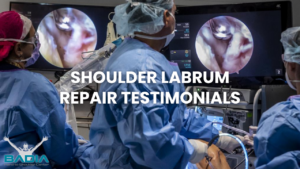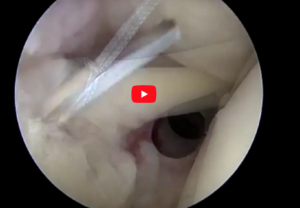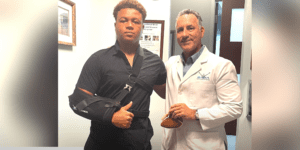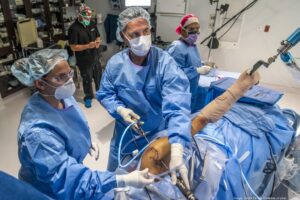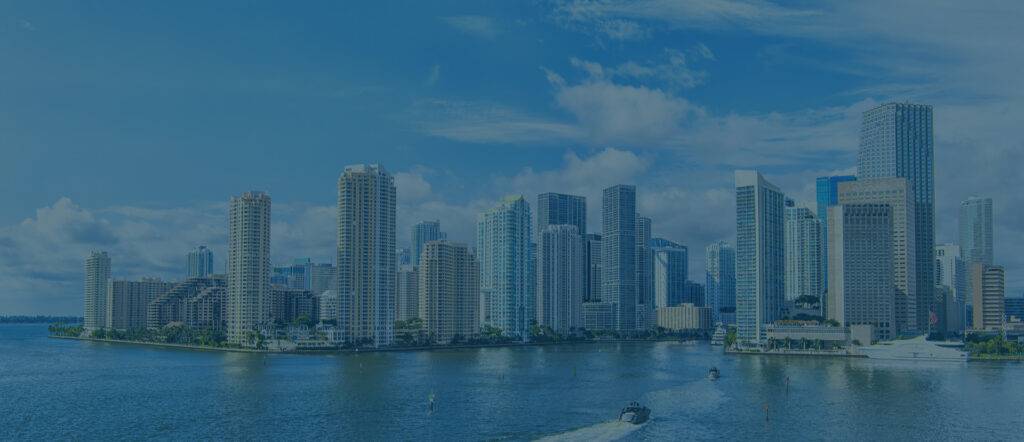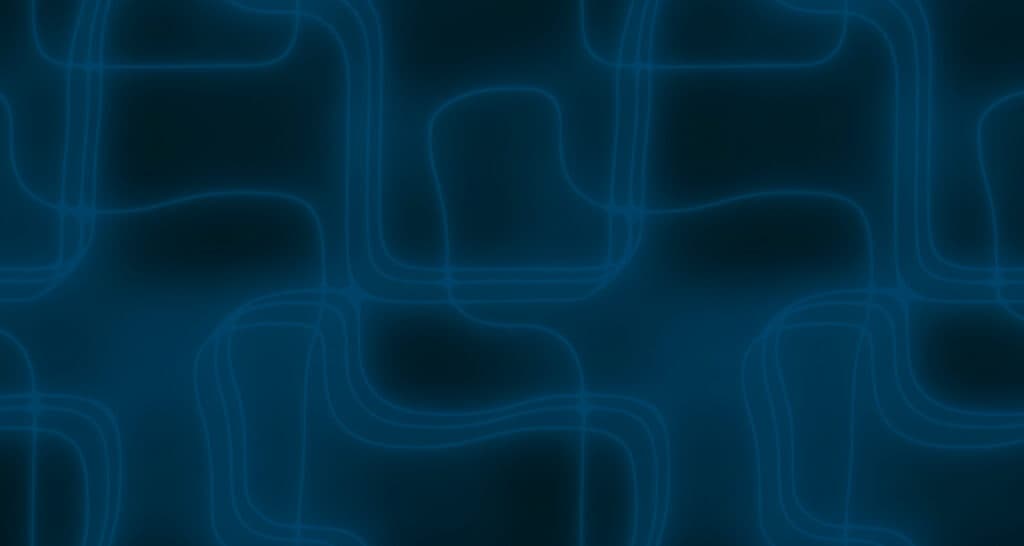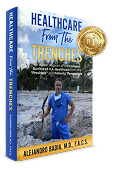Patient testimonials: Shoulder Labrum Tears
Patient Testimonials: Shoulder Labral Tear What does a labral repair look like? https://www.youtube.com/watch?v=pQCYwrs9dvI The shoulder labrum is a vital structure within your shoulder joint, playing a crucial role in its stability and mobility. It takes the form of cartilage that creates a ring-shaped framework encircling the shallow socket of the shoulder joint, referred to as… [Read More]

